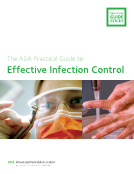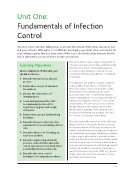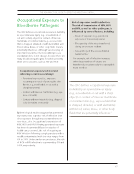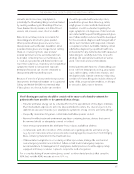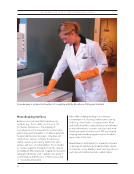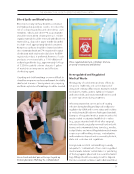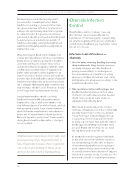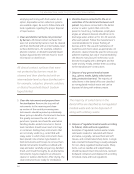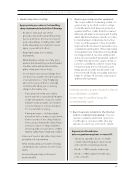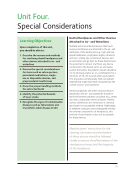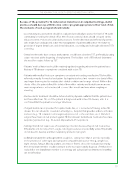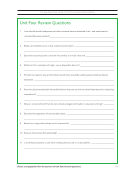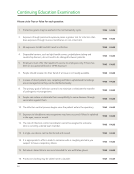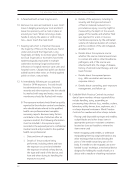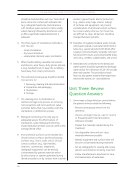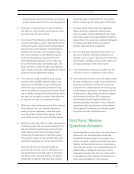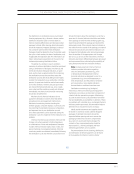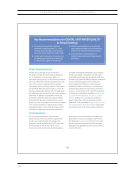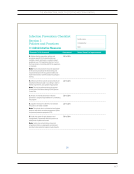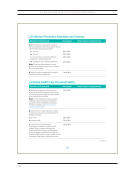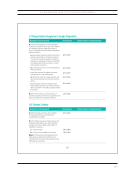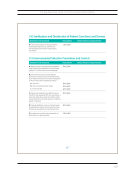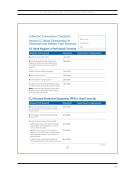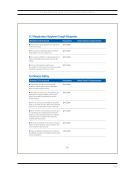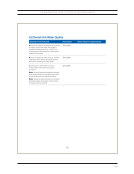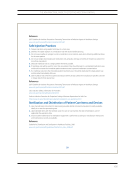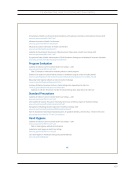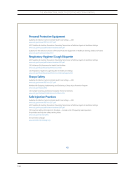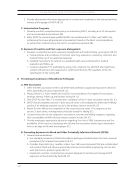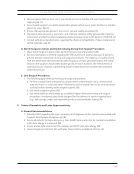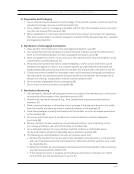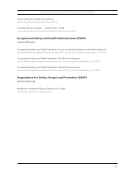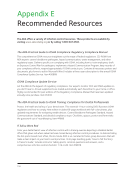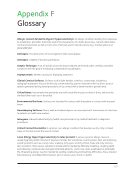25 THE ADA PRACTICAL GUIDE TO EFFECTIVE INFECTION CONTROL When disposing of contaminated sharps, place them in puncture-resistant containers that are color- coded or marked with the biohazard symbol. Use a mechanical device or one-handed technique when recapping of contaminated sharps is permitted. Other work practice controls include removing burs before disassembling the handpiece from the dental unit, restricting the use of fingers in tissue retraction or palpitation during suturing and administration of anesthesia, and minimizing potentially uncontrolled movements of instruments such as scalers or laboratory knives. Dental facilities should implement a written, comprehensive program designed to minimize and manage dental health care personnel (DHCP) exposures to blood and body fluids. Needles and burs are a substantial source of percutaneous injury in the dental practice, and engineering and work practice controls for handling sharps are of particular importance. In 2001, revisions to OSHA’s Bloodborne Pathogen Standard as mandated by the Needlestick Safety and Prevention Act of 2000 became effective. The revisions clarify the need for employers to select safer needle devices as they become available and to involve employees directly responsible for patient care (e.g., dentists, hygienists, and dental assistants) in identifying and choosing such devices. Safer versions of sharp devices used in hospital settings have become available (e.g., blunt suture needles, phlebotomy devices and butterfly needles), and their impact on reducing injuries has been documented. Aspirating anesthetic syringes that incorporate safety features have been developed for dental procedures, but the relatively low injury rates in dentistry limit assessment of their effect on reducing injuries among the dental team. Nevertheless, as safer needle devices for dentistry become available in the marketplace, dentists are required to involve appropriate members of the dental team in the evaluation and selection of these devices for use in their practice. Dental facilities should implement a written, comprehensive program designed to minimize and manage dental health care personnel (DHCP) exposures to blood and body fluids.
Purchased by , From: ADA Ebooks (ebooks.ada.org)


